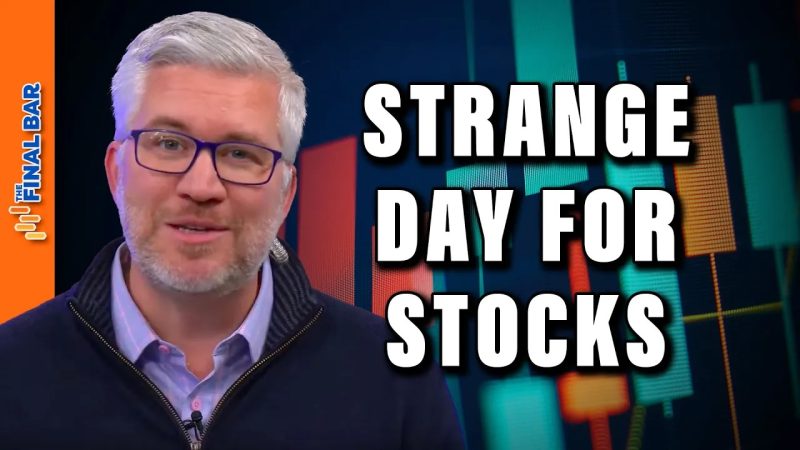As global economic situations fluctuate, investors are continuously looking for sectors that can weather market volatility and bring steady returns. Recent trends suggest that the stock market is popping higher as defensive sectors thrive amidst this economic ambiguity. These defensive sectors broadly encompass utilities, healthcare, and consumer goods sectors which historically have remained sturdy during varying financial conditions.
Stock markets around the world often mirror the economic pulse of the nations and offer an interesting spectacle of the shifting fortunes in diverse sectors. Recently, in what could be considered a sharp deviation from the norm, defensive sectors have gained momentum in stock markets, driving the overall indices to scale higher. This shift is not merely a temporary blip on the radar, but a significant trend, crowned by a specific set of triggers and implications.
When we delve deeper into this phenomenon, it is clear that this shift is predicated on a few definitive factors. The first among these is the increasing geopolitical tension and uncertainties which have nudged investors into unknown territories like defensive sectors. From a more pragmatic standpoint, it is worth highlighting that these sectors tend to possess a more stable income stream which is least affected by economic conditions. This inherent attribute makes them the cynosure of all eyes in erratic economic conditions.
Among the thriving defensive sectors, the utilities sector is experiencing a significant windfall. Companies in this sector, due to the consistent demand for electricity, gas, and water, provides a steady stream of income for investors. High dividend yields, relatively low exposure to economic downturns, and the non-cyclical nature of these companies give them their defensive status and make them appealing to investors during robust and volatile economic times alike.
Healthcare too is seeing a burst of investor interest. This sector has consistently shown resilience in the face of varying economic conditions. Aging demographic profile, technological advancements, and increasing health consciousness are key factors that make this sector a defensive play. The demand for healthcare services and products is relatively inelastic to changes in economic conditions, thus promising steady returns on investments.
In the vast landscape of defensive sectors, consumer goods is another sector that thrives in challenging economic environments. This is largely because, regardless of the economic scenario, common household products and services continue to be in demand. Furthermore, most consumer goods companies have vast global footprints, which spreads their risk and helps maintain steady dividends. This inherent stability lends a defensive hue to the sector and attracts investors during unsettling times.
In summary, amidst a backdrop of economic uncertainty and geopolitical tension, it is the defensive sectors that are driving the stock market to trend higher. The consistent demand for utilities, healthcare, and consumer goods and the stable income streams they provide are driving investor interest towards these sectors, resulting in stock markets reaching new heights.
It is important to understand, however, that while the current trend is encouraging, it is not devoid of risks. Investing always entails a certain amount of risk and hence the same principle of due diligence should be applied even to these defensive sectors. It is always advisable to maintain a diversified portfolio to enjoy the rewards while mitigating potential risks.
The rising triumph of defensive sectors unmistakably underscores the dynamic landscape of the world’s stock markets. Such trends bring to the surface subtle investment patterns and offer new avenues for investors to explore, restating the timeless tenet – there are always opportunities in every market condition, one simply needs to know where to look.




